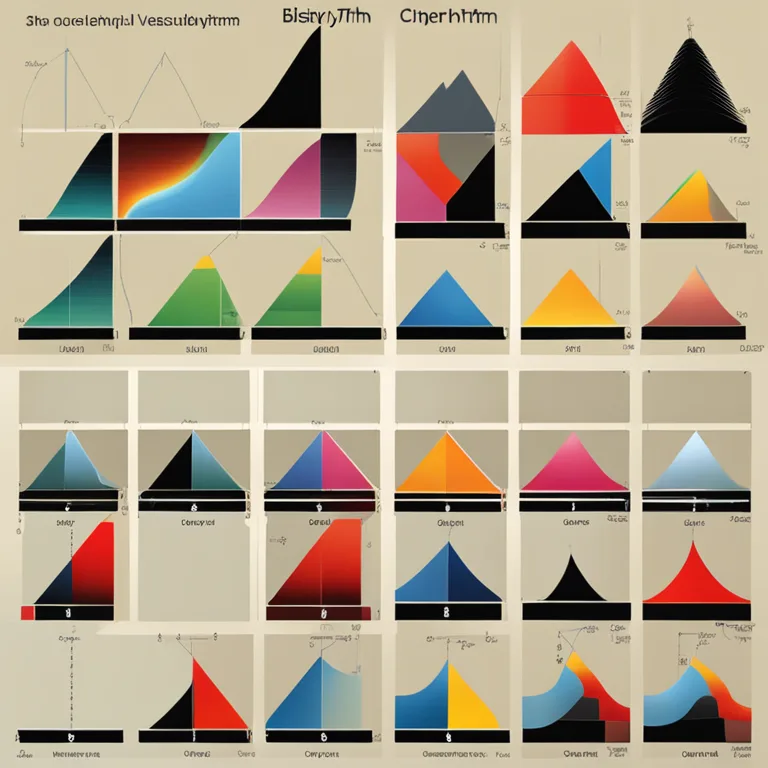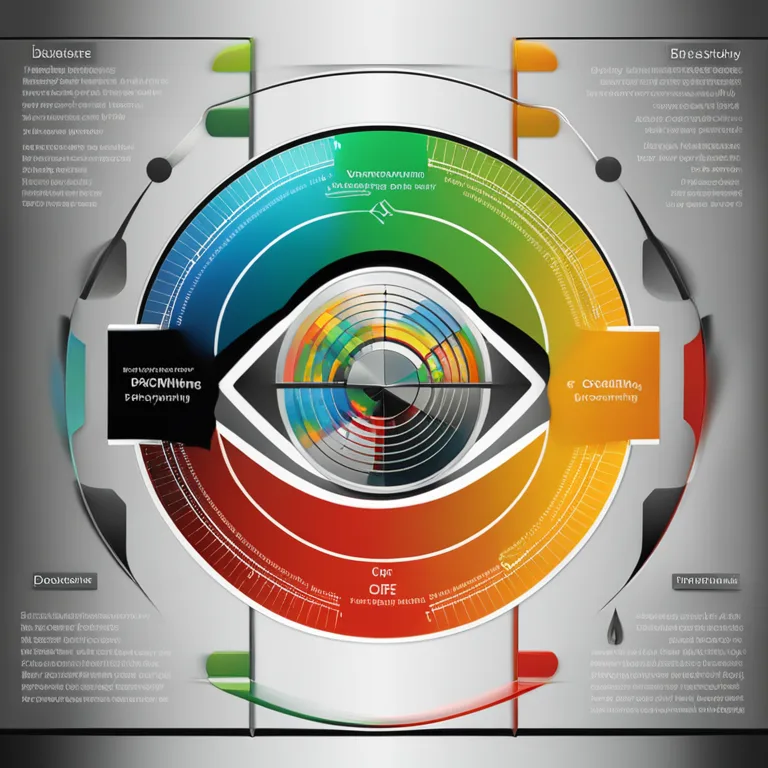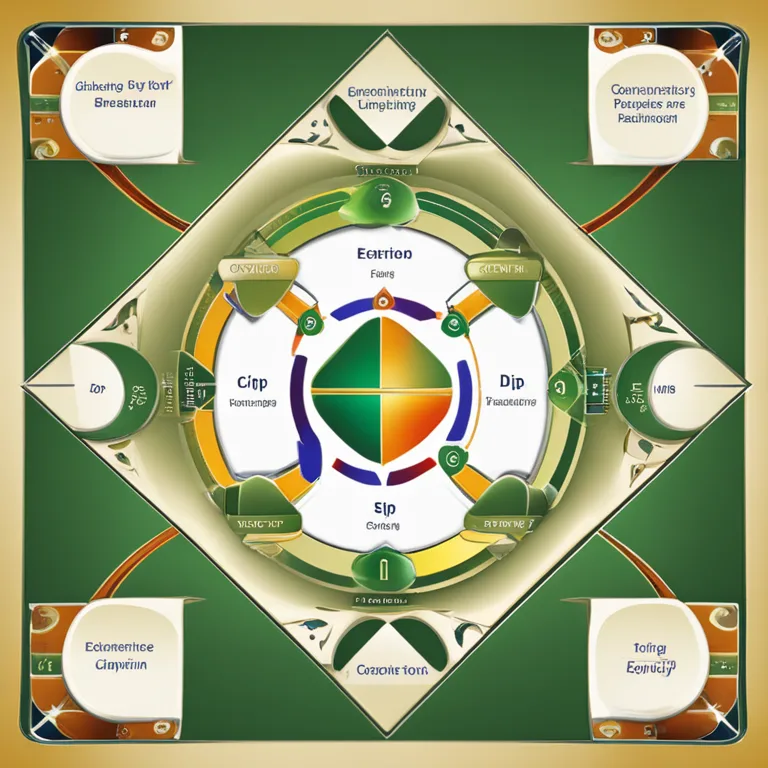
Biorhythms: Personal Cycles of Life and Well-being
An in-depth look at biorhythms: the concept, key cycles, and examples of how they may influence daily life.
article by Adrian Wallace
Introducing Biorhythms
Biorhythms stem from a pseudoscientific idea suggesting that our daily lives are influenced by rhythmic cycles. Although the scientific validity of biorhythms is debated, enthusiasts believe that understanding these patterns can provide insights into physical, emotional, and intellectual well-being. The concept, which emerged in the late 19th century and gained popularity in the 1970s, posits that from the moment of birth, we are influenced by natural physiological cycles that affect our capabilities and moods. Proponents argue that tracking these cycles can help in planning activities or making decisions aligned with one's current state of energy and focus.

Essential Biorhythm Cycles
Typically, three primary biorhythm cycles are cited: the Physical (23-day cycle), Emotional (28-day cycle), and Intellectual (33-day cycle). The Physical cycle is thought to regulate strength, stamina, and well-being. The Emotional cycle purportedly influences creativity, mood, and perception, while the Intellectual cycle is believed to affect analytical thinking, learning, and problem-solving. Each cycle oscillates between high, low, and critical phases, with high phases being viewed as times of peak performance and low phases seen as periods that require rest or caution.

Examples of Biorhythms in Action
An example of biorhythms at work could involve a person noticing they feel particularly energetic and robust approximately every 23 days, aligning with the peak of their Physical cycle. Conversely, they might experience a bout of melancholy or sensitivity during the low phase of their Emotional cycle. A student might find they learn new concepts more quickly when their Intellectual cycle is at a high point. Though scientific support is scarce, these individual experiences continue to fuel interest in biorhythms.

Biorhythms and Decision Making
Enthusiasts of biorhythm theory sometimes consult their cycles when making decisions. For instance, someone might avoid scheduling an important job interview or a competitive sports event during their low Physical or Intellectual phases. Biorhythm charts, calculators, and apps, often readily available online, enable individuals to plot their personal cycles and make such decisions with ease, though the practical efficacy of these tools is still a matter of personal belief.

Scientific Scrutiny and Critique
The scientific community remains skeptical about biorhythms, citing a lack of empirical evidence and methodological flaws in biorhythm theory. Numerous studies have been unable to conclusively link the proposed cycles with real-world events or outcomes, and many professionals view biorhythms as a classic example of pseudoscience. Critics urge caution, emphasizing the value of evidence-based approaches for health and decision-making over reliance on unfounded rhythmic patterns.
Modern Perspectives on Biorhythms
Despite the skepticism, the digital age has seen a resurgence in interest in biorhythms, with mobile apps and online platforms offering personalized readings. As holistic and new-age wellness trends continue to rise past 2024, it seems likely that the allure of understanding one's personal cycles will persist, even in the absence of mainstream scientific acceptance. For many, biorhythms offer a personalized and spiritual approach to introspection and life planning that harmonizes with broader ecological and universal rhythms.
Published: 12/28/2023
Modified: 12/28/2023
More predictions
Come back here soon to learn more about yourself and your future


The Synergy of Cycles: Biorhythm Compatibility
Discover the secrets of biorhythm compatibility and how it might influence personal connections in our comprehensive guide.


The Core of Biorhythm Theory
Delve into the core of biorhythm theory, a concept that suggests our daily lives are influenced by natural physiological cycles.


Biorhythm: The Significance of Compatibility
Discover the significance of biorhythm compatibility in relationships and how syncing life cycles can impact partnership dynamics.